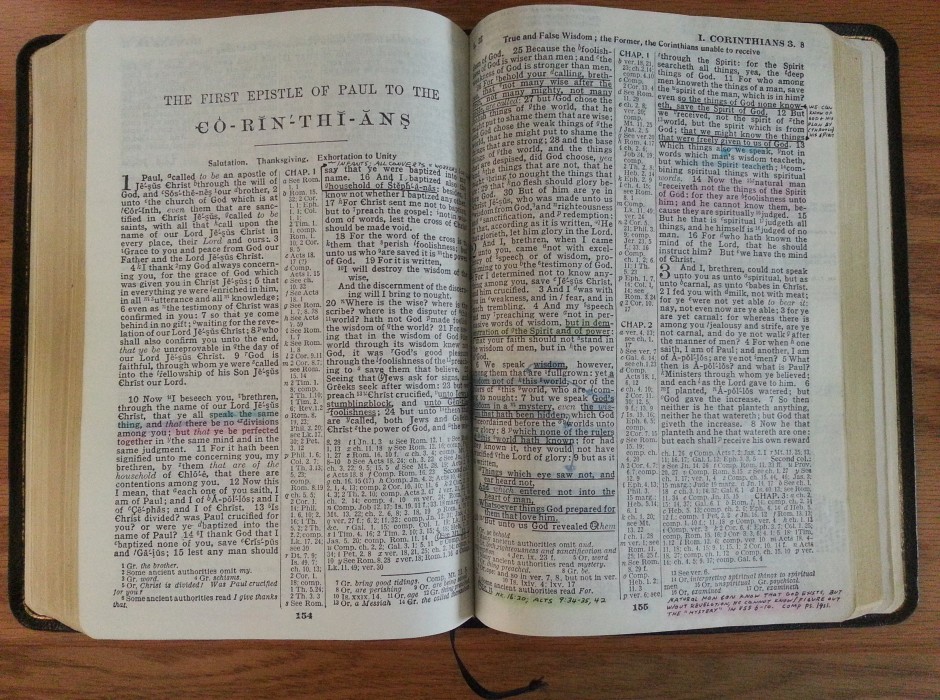When Jesus established His church He commanded those who wanted to be saved to be baptized (Matthew 28:18-20; Mark 16:15-16). In 62 A.D., about 30 years after the church was established, Paul said there was just one baptism (Ephesians 4:5). There are two facts about baptism which must be honored in order for one’s baptism to be the baptism Jesus authorized.
Those two facts are: (1) It must be done in the correct way – by immersion in water (Colossians 2:12; Romans 6:3-4). (2) It must be done for the correct reason – for the remission or forgiveness of one’s sins (Acts 2:38; 22:16). If either or both of those truths is not done, then one has not been baptized, even though he or she may believe baptism has occurred. In reality, there is no such thing as “rebaptism.” If one has not been baptized correctly, and then is baptized correctly, one has not been “rebaptized” but only baptized. If one has been baptized correctly, then there is no reason to be baptized again.
One must understand what Bible baptism is. Understanding what correct Bible baptism is, can be seen in three different ways. First by definition. When defining baptism, one should not go to a modern dictionary. A dictionary defines words as they are used in that society. Thus, the English dictionary will define baptism as “a religious ceremony where one is sprinkled, poured or immersed in water.” The New Testament was written in Greek, therefore one must go to a Greek dictionary. Baptizo, which is the Greek word for baptism, is defined in Greek dictionaries as, “to dip, to plunge, or to immerse” (Thayer’s Greek-English Lexicon).
Second, one can understand what Bible baptism is by the way it is described. The Bible describes it as a burial (Romans 6:3-4; Colossians 2:12). Something is not buried by sprinkling or pouring a little dirt over it. It is buried when the object is totally covered. The same is true with biblical baptism – one must be totally covered in water.
Third, one can understand what Bible baptism is by reading how baptism is done. When the man from Ethiopia wanted to be baptized both he and Philip who was baptizing him, went into the water (Acts 8:38). If baptism was sprinkling or pouring, neither of them would have had to get into the water.
Acts 19 Example
In Acts 19:1-5 there were about twelve men in Ephesus who had been baptized of John’s baptism who had to be baptized again. People were supposed to be baptized of John’s baptism before Christ came. John prepared the way for Christ (Matthew 3:1-6). After Christ came and instituted His baptism, John’s baptism was not authorized. The people in Ephesus had been baptized in John’s baptism after it had been replaced by Christ’s baptism. John’s baptism was to look forward to Christ’s coming. The people in Acts 19 were baptized and looking for Jesus, who had already come. Therefore, their purpose was incorrect, and they had to be baptized with Christ’s baptism. Again, this was not a “rebaptism” because they had never been baptized correctly the first time.
Conclusion
“Rebaptism” is not a biblical concept. Baptism is either correct or incorrect. If one has been baptized correctly, then he or she does not need to do it again. If one has been “baptized” incorrectly, either because the form or the purpose was not correct, then he or she needs to be baptized correctly. When that is done, that person has not been “rebaptized” but baptized correctly.
Wayne Burger

